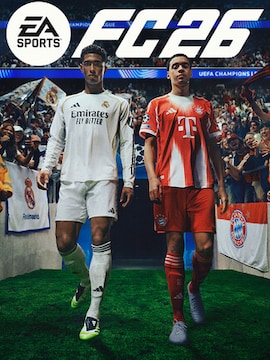Motion capture is a technology which is invaluable for both films and video games. But what is mocap, exactly, and does it work? Let’s talk about it.
The basics
There is also a subset of mocap referred to as performance capture. Where mocap tends to be a term used for general body mechanics, performance capture is often used to describe technology focused specifically on actors’ facial expressions.
The technology
Mocap sessions typically involve actors wearing form-fitting suits with small markers placed at various points of articulation, such as joints. For instance, if you wanted a simple tracking or your arm, you could put a tracer on your shoulder, elbow, and hand or wrist to model these points’ movements in relation to each other and to a potential secondary point of reference.
The markers can take various forms, but the most recognizable type are small white table tennis-like ball attached to the mocap suit. For performance capture, they can be as simple as dots painted on the face in carefully selected places.
The movement is recorded by a set of cameras keeping track of the markers, and transferred to a specialized software where it often appears as a skeleton rig which can be applied to the appropriate character models. Some advanced systems don’t even require markers and ara capable of extract motion data by other means.
The results
Motion capture is very good at providing natural, realistic movement and expressions, especially when physical interactions are concerned. It can also help with producing a large number of detailed animation compared to traditional methods.
On the other hand, it is somewhat limited to things which are physically possible, so certain things (such as stylistic exaggerations, transformations, or very over-the-top action) still require significant input from animators.
The examples
You probably played many games which use motion capture, and the four examples below are by no means even close to an exhaustive list, but they are noteworthy examples nonetheless.
L.A. Noire
2011’s L.A. Noire was famous for its extensive usage of performance capture. The game’s interrogation system relied on players being able to read the expressions of suspects and witnesses, so precise facial animation was essential.
Hellblade: Senua’s Sacrifice (and sequel)
Ninja Theory’s award-winning games used both motion and performance capture to great effect. Coupled with excellent graphics and audio design, the incredible performance made the psychologically complex adventure of Pict warrior Senua all the more immersive and believable.
The Last of Us (and sequel)
The Last of Us series puts a lot of emphasis on its cinematic storytelling, so using mocap and performance capture was the obvious direction. The dramatic stories and emotional stakes presented by both games can ring true in so small part to the mocap capturing the incredible performances of the actors.
Baldur’s Gate 3
The massive cRPG hit of 2023, Baldur’s Gate 3 used a ton of motion capture for all kind of animations, from cinematic scenes, through combat actions, to intimate interactions. As a result, BG3 is not only one of the most reactive, replayable cRPGs in the entire genre, it also looks excellent in motion.




